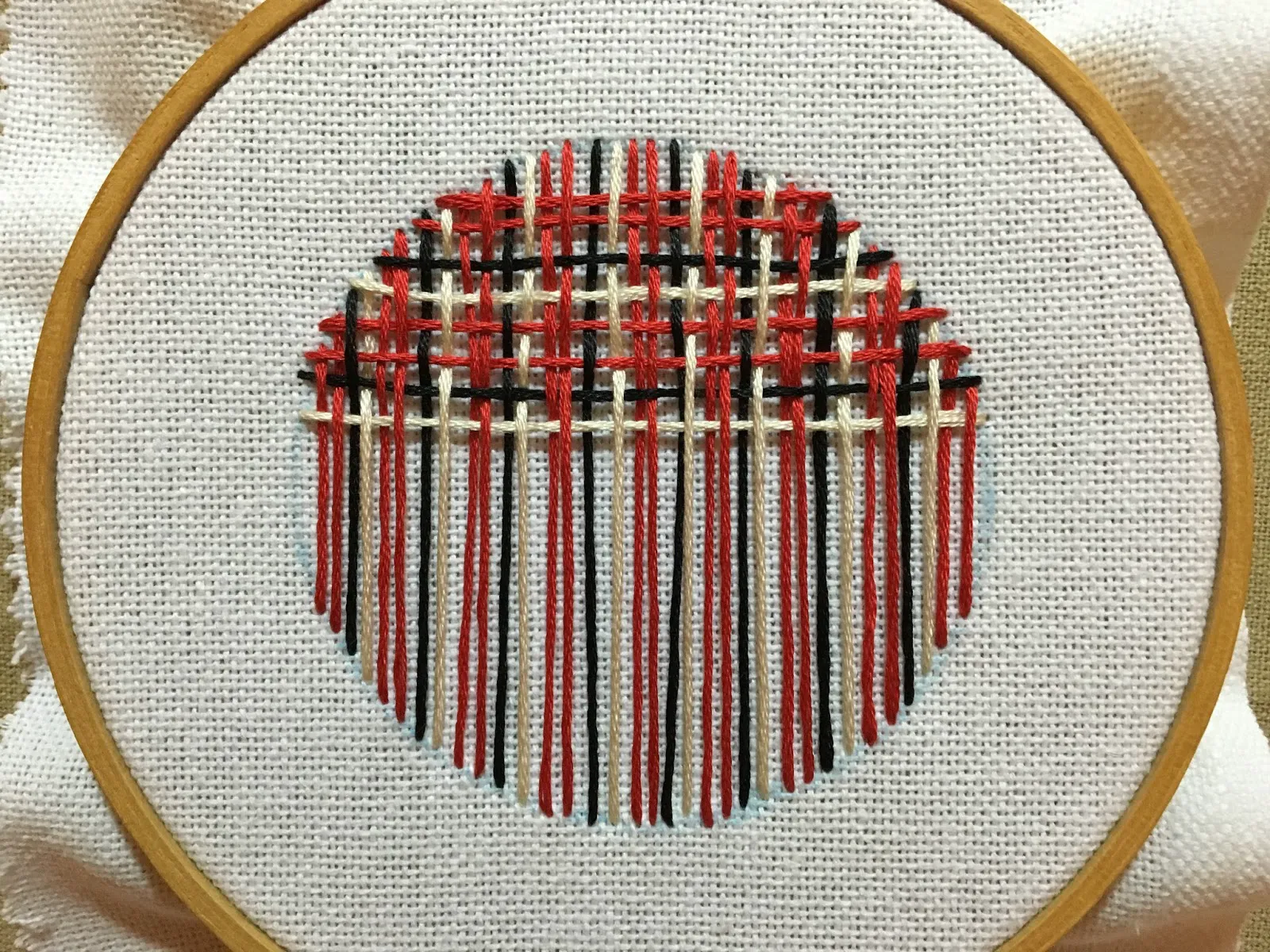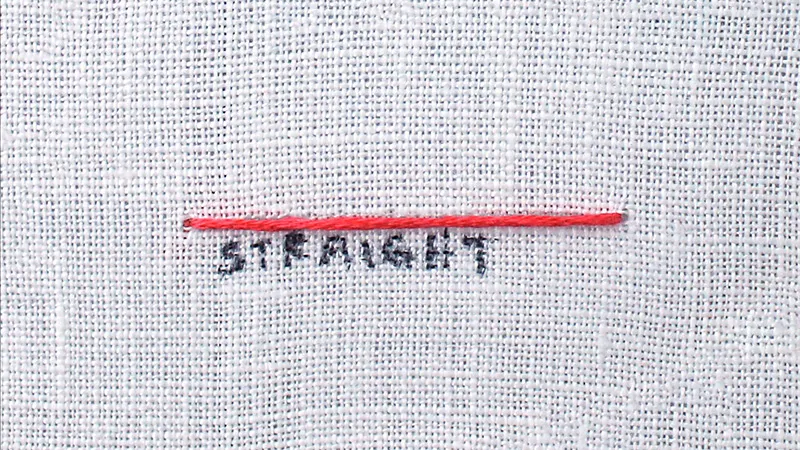Types of Embroidery Designs: A Comprehensive Guide
From Traditional to Modern: Exploring the World of Embroidery Designs
From Traditional to Modern: Exploring the World of Embroidery Designs
Types of Embroidery: Stitches and Techniques
By: Laura Bray for AllFreeSewing.com
Embroidery is the ancient art of embellishing and decorating fabric with a needle and thread. Some of the first signs of embroidery date back to 30,000 B.C.E., found on Cro-Magnon clothing.
Over the centuries, the methods for creating beautiful clothing, décor, and home goods have developed into many types of embroidery.
Different areas of the world contributed their own different types of stitchery, attaching different meanings to the types of stitches and the philosophy of the craft.
Embroidery is a relatively inexpensive craft and most types only require a needle, thread, and fabric. Some embroidery styles also require an embroidery hoop to stabilize the fabric.
Different types of embroidery require different needles and thread that are specific to the technique. Let’s explore a few of the embroidery stitches with images.
Embroidery as an Art Form
Within that, as an art form, you get a vibrant tapestry of techniques and influences to look at with embroidery.
Be it traditional cross-stitches or modern digital embroidery, each method speaks for itself.
But it’s how contemporary artists take old and new skills in creating timeless works, showing cheekily just how versatile this craft is.
You’ll find that cultural influences also give their flair—designs vary between an intricate Chinese silk piece or a bold Indian motif.
Today’s world has raised the moot question of textile sustainability, bringing eco-friendliness in materials and practices into center stage.
From a beginner acquainting oneself with basic stitches to a professional trying out intricate designs, there lies broad scope for creativity in embroidery while retaining the umbilical cord with age-old traditions, as well as pushing frontiers in textile art
Key Takeaways
- Embroidery isn’t just your grandma’s hobby! It’s a versatile art form that can turn a plain Jane piece of fabric into a showstopper with just a needle and thread.
- From ancient Egyptian tombs to your favorite pair of jeans, embroidery has been stitching its way through history, leaving a colorful trail of cultural influences and artistic expression.
- Whether you’re a beginner fumbling with a basic running stitch or a pro crafting intricate French knots, there’s a whole world of techniques to explore – it’s like a buffet for your creative appetite!
- Embroidery isn’t just about prettying up pillows (though it’s great for that too). It’s found its way into fashion, home decor, and even fine art – talk about threading the needle between tradition and innovation!
Embroidery is the decorative art of using needle and thread to embellish fabric, creating intricate designs and patterns. Its rich history spans from ancient civilizations to modern times, reflecting diverse cultural traditions and techniques across the world
Definition of Embroidery
Embroidery is the art of decorating fabric using a needle and thread. It’s a versatile craft that can personalize items, making each unique. Embroidery can:
- Showcase cultural influences with unique regional variations.
- Benefit from embroiderers’ guilds for skill development.
- Emphasize ethical sourcing by using sustainable materials
History of Embroidery
Embroidery has a rich history dating back thousands of years with cultural influences, regional diversity, and symbolism.
Over time, technological advancements like embroidery needles and techniques transformed it into both art and craft.
Historical significance remains woven into the fabric of each piece
Buttonhole Stitch
The buttonhole stitch and the blanket stitch are two of the most useful and versatile hand-sewing stitches. They are used in a variety of sewing applications, including tailoring, embroidery, and needle lace-making.
The buttonhole stitch is used to make a neat, secure edge on a fabric, such as the edge of a pocket, and is also used for decorative purposes.
The blanket stitch is used to secure two pieces of fabric together, such as when making a quilt or a blanket, as well as for decorative purposes. Both stitches are relatively easy to learn and can be used to create beautiful and unique designs.
They are also great for mending and reinforcing delicate fabrics. With a bit of practice, these two stitches can be used to create a variety of beautiful and unique pieces.



Tegs:
Search
Recent Posts
-
Macrame Cord and Rope Guide: Choosing the Right Material for Your Projects
Apr 20 2025
-
3 Types of Embroidery Needles: Discover the World of Embroidery Needles
Apr 20 2025
-
Human Hair Weaves: Explore the Variety and Find Your Perfect Match
Apr 24 2025
-
Explore a variety of hat embroidery techniques, from traditional to modern, to personalize your headwear and add a touch of unique style.
Apr 24 2025
Subscribe to Updates
Get the latest posts and fashion insights directly in your inbox.